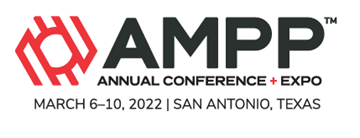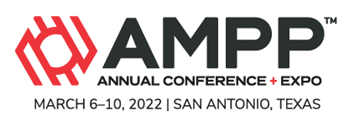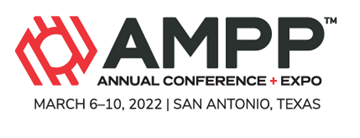Search
AMPP Conference Papers
View as
Sort by
Display
per page
Material Testing and FFS Modelling for HTHA of Less-Common Alloys: C-0.3Mo
Product Number:
51324-21142-SG
Publication Date:
2024
$40.00
Materials and Corrosion Challenges for the Development of Plastics Recycling Processes
Product Number:
51324-20733-SG
Publication Date:
2024
$40.00
Maximizing Materials Utility through a Next Life Optimization Process
Product Number:
51324-20604-SG
Publication Date:
2024
$40.00
MEA Triazine Contactor Optimization to Increase Efficiency and Reduce Fouling Potential
Product Number:
51324-20391-SG
Publication Date:
2024
$40.00
Measurement of surface hydrogen concentration of steels in concreate with electrochemical hydrogen permeation method
Product Number:
51323-19016-SG
Publication Date:
2023
$20.00
Measuring Chemical Composition Of Pipeline Steel Using Laser Induced Breakdown Spectroscopy (LIBS) Technology
Product Number:
51322-18193-SG
Publication Date:
2022
$20.00
Measuring IR-Free Potential: Analysis of the Remaining IR Components in the Off Measurements and Importance of the Design of SRE with Integrated Coupon to Obtain it.
Product Number:
51323-18803-SG
Publication Date:
2023
$20.00
Mechanical Properties and Thermal Stability of Metal Dusting Resistant Nickel-Base N06235 Alloy
Product Number:
51324-20910-SG
Publication Date:
2024
$40.00
Mechanical Tests on a Vintage API 5L Grade X52 Linepipe Steel under Gaseous and Cathodic H2 Environment
Product Number:
51324-20904-SG
Publication Date:
2024
$40.00
Mechanical, Microstructural And Corrosion Characterization Of Low Binder Containing WC-Co Grades Using A Binderjet Process
Product Number:
51322-17583-SG
Publication Date:
2022
$20.00
Mechanisms And Polymorphic Transformation Of Calcium Carbonate Inorganic Scale In Oil-Water Emulsion.
Product Number:
51322-17876-SG
Publication Date:
2022
$20.00
Mechanistic Insights into Refinery Sulfidation Corrosion
Product Number:
51323-19107-SG
Publication Date:
2023
$20.00












